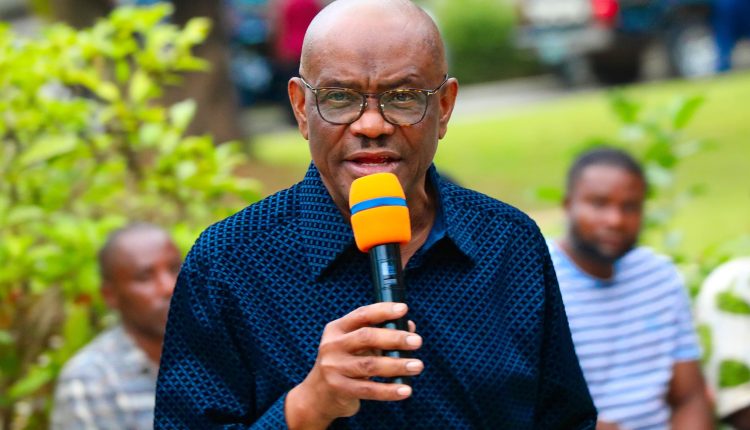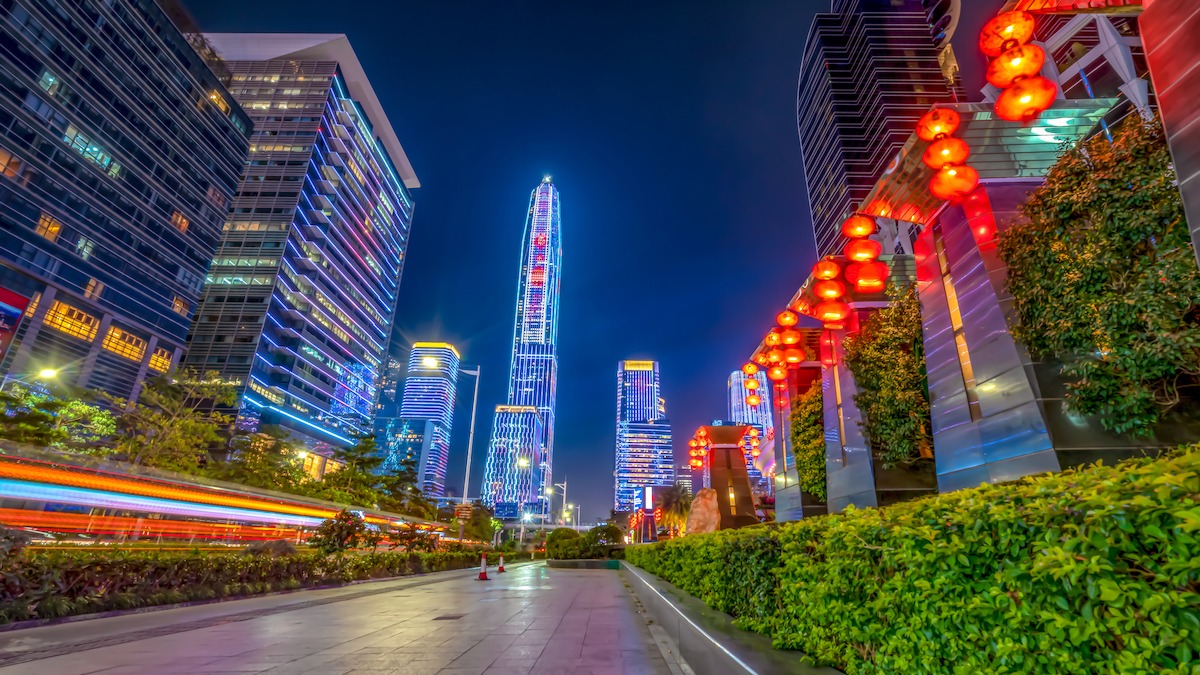Exclusive Interview with Wu Weishan, Chinese Sculptor

In a Cultural Outreach Talk series, the Global Times interviewed Wu Weishan, the director of the National Art Museum of China (NAMOC) and a renowned sculptor, about promoting Chinese culture globally. Wu's bronze sculpture "Lao Tzu Departing from Hangu Pass" was recently unveiled at the Russian State University of Design and Applied Arts, marking the first large-scale sculpture in Moscow inspired by Chinese cultural philosophy.
Wu Weishan emphasizes the importance of art as a medium for in-depth dialogue between Chinese and Western civilizations, aiming to convey the Chinese spirit through his work. He believes that understanding China's history is crucial to understanding the country today. Human civilization has multiple forms, and its diversity allows various civilizations to coexist harmoniously through exchange and mutual learning. Art can reflect the era and the country, highlighting the common pursuit of truth, goodness, and beauty.
Sculpture plays a unique role in the globalization of Chinese culture due to its ability to overcome time and space obstacles. Unlike literature, which requires translation, calligraphy, which is difficult to understand directly, and painting, which is limited by its two-dimensional nature, sculpture possesses strong expressiveness and communicative power. Wu, who is also involved in painting, calligraphy, poetry, and art criticism, uses sculpture to convey Chinese stories, supported by China's profound cultural tradition and historical background.
Wu's "Dialogue" series, including works like "Divine Encounter - The Dialogue between Confucius and Socrates," aims to foster cultural resonance by placing statues of historical figures in corresponding countries to create artistic dialogues. He emphasizes that the great creations of the Chinese nation should contribute wisdom to all mankind. When creating historical figures, Wu studies their ideological theories, the background of their times, living environment, and spiritual state. He established a creative theme - the "dialogue" between Chinese and Western cultures. His sculpture "Dialogue Beyond Time and Space - Leonardo da Vinci and Qi Baishi" juxtaposes art masters from different countries and historical periods, arousing curiosity and cultural exchange.
Wu Weishan envisions China actively implementing the concept of a community with a shared future through cultural and artistic exchanges, promoting mutual understanding and emotional integration between countries and people. He believes this is the responsibility of cultural workers and that persistent, heartfelt efforts will have a profound impact.









